While fans are currently lucky enough to live in a world where even the most obscure characters find their moments on the big screen, there was a time where even the biggest directors couldn't get a superhero film made, which is what happened with James Cameron's canceled Spider-Man film.
Cameron wrote a scriptment for a Spider-Man film that took a few liberties with the characters but could have potentially developed into an amazing (or amazingly bad) movie. So today we are going to take a look at a few things you might not know about James Cameron's Spider-Man film and its influence on the franchise.
10 BEGAN AS A MONSTER MOVIE

When Marvel first sold the Spider-Man film rights in 1985 it was to Cannon Films, the studio responsible for stinkers like Superman IV: The Quest For Peace and 1987's Masters of the Universe. Cannon Films had a unique take on the character that would have become a campy B-movie horror.
The film would have focused on Peter Parker's transformation into a mutated spider-monster as he did battle with the Lizard in the sewers of New York City. That version of the story was obviously a complete misunderstanding of the character and plans for the film fell through with Cannon Films going under as well.
9 LEONARDO DICAPRIO COULD HAVE BEEN SPIDER-MAN
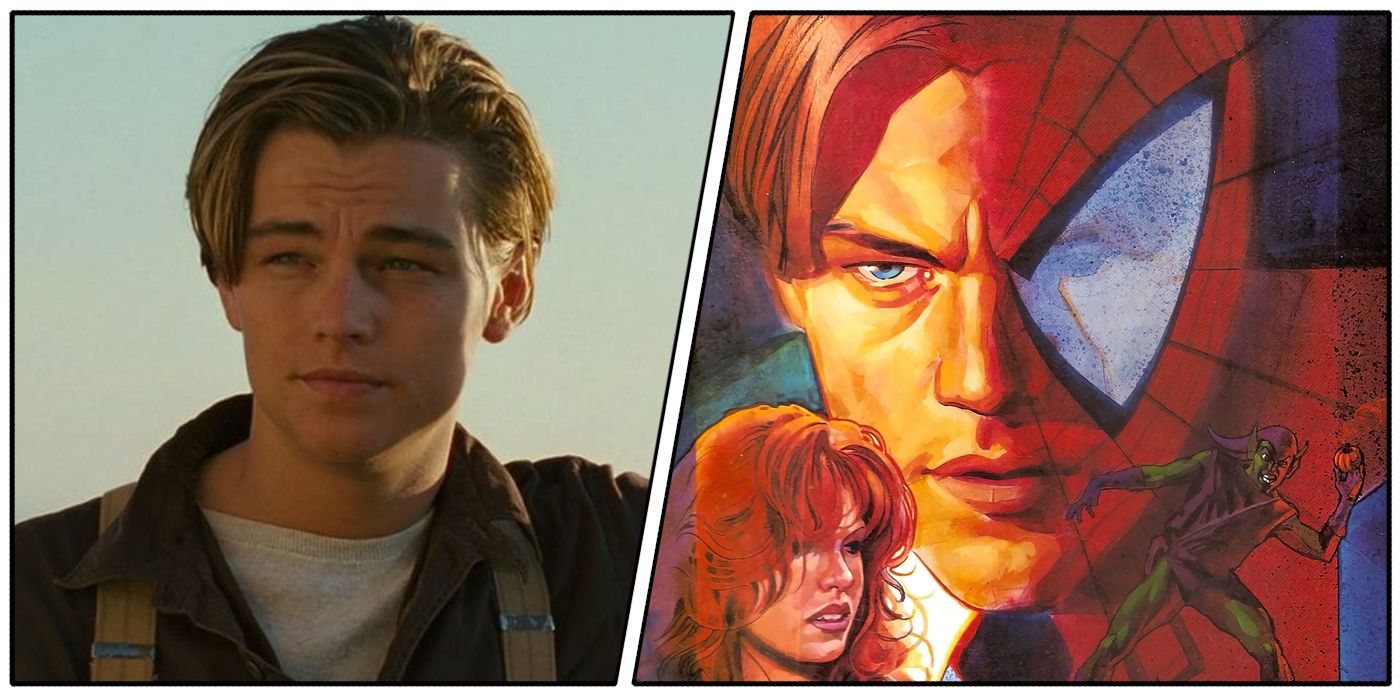
After the rights were bought by Carolco Pictures at the urging of James Cameron, he developed his own "scriptment" and plans for the film began. While no actors were officially brought on board the film, many names were rumored, including both Edward Furlong and Leonardo DiCaprio as Peter Parker/Spider-Man.
DiCaprio's rumored casting was even teased with a parody ad in an issue of Wizard Magazine that featured a look at the fictitious Spider-Man: The Movie that listed James Cameron as the director, though by that time in 1998 the film had been in development hell for a couple of years.
8 ELECTRO WAS THE MAIN VILLAIN... SORT OF

Despite early script treatments that featured villains like the Lizard or Doctor Octopus (rumored to be played by Arnold Schwarzenegger), Cameron's scriptment featured Electro as the main villain, though this was a very different version of the character.
Named Carlton Strand instead of Max Dillon, the villain used his abilities to become a corporate billionaire crime boss. Strand's "Electro" abilities were also altered so he was able to interact with data and information online while also giving him a death touch of electricity that added a unique layer to the character's powers.
7 SANDMAN ALSO APPEARED... SORT OF
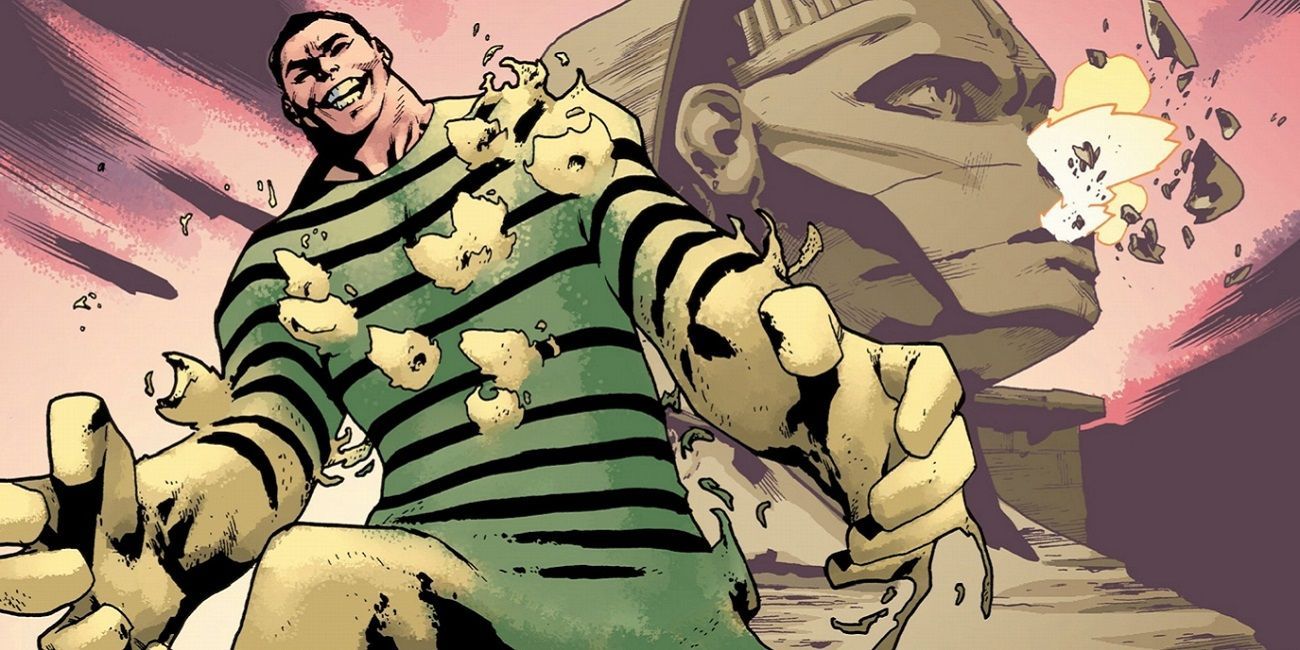
Strand worked alongside a few characters in the scriptment which included the character of Boyd, who was revealed as Cameron's version of Flint Marko/Sandman. The scriptment featured quite a few interesting battles between Sandman and Spider-Man while also exploring the origins of both villains, who gained their abilities due to scientific accidents.
Names like Lance Henriksen and Michael Biehn were rumored for the roles of Strand and Boyd, respectively, due to their previous relationships with Cameron. The film would have ended with a climactic battle on top of the World Trade Center between Strand, Boyd, and Spider-Man that would have left Boyd fused into glass by Strand, who also died in battle with Spider-Man.
6 ORIGINS OF THE ORGANIC WEB-SHOOTERS

One of the biggest departures Sam Raimi's 2002 Spider-Man film took from the source material was the inclusion of organic web-shooters instead of the comic version, which was created by Peter Parker. That plot point actually came from Cameron's scriptment, as he felt it would be hard to believe a teenager could create such a device.
Parker's first experience with the webbing came in a thinly-veiled take on puberty as Peter wakes up covered in sticky webbing. Cameron's version of Peter Parker was also so terrified at the thought of being a freak that he created a fake set of web-shooters to disguise the webbing's true nature in just one of many points from Cameron's scriptment that would be developed in later films.
5 SPIDER-MAN WAS A TV STAR
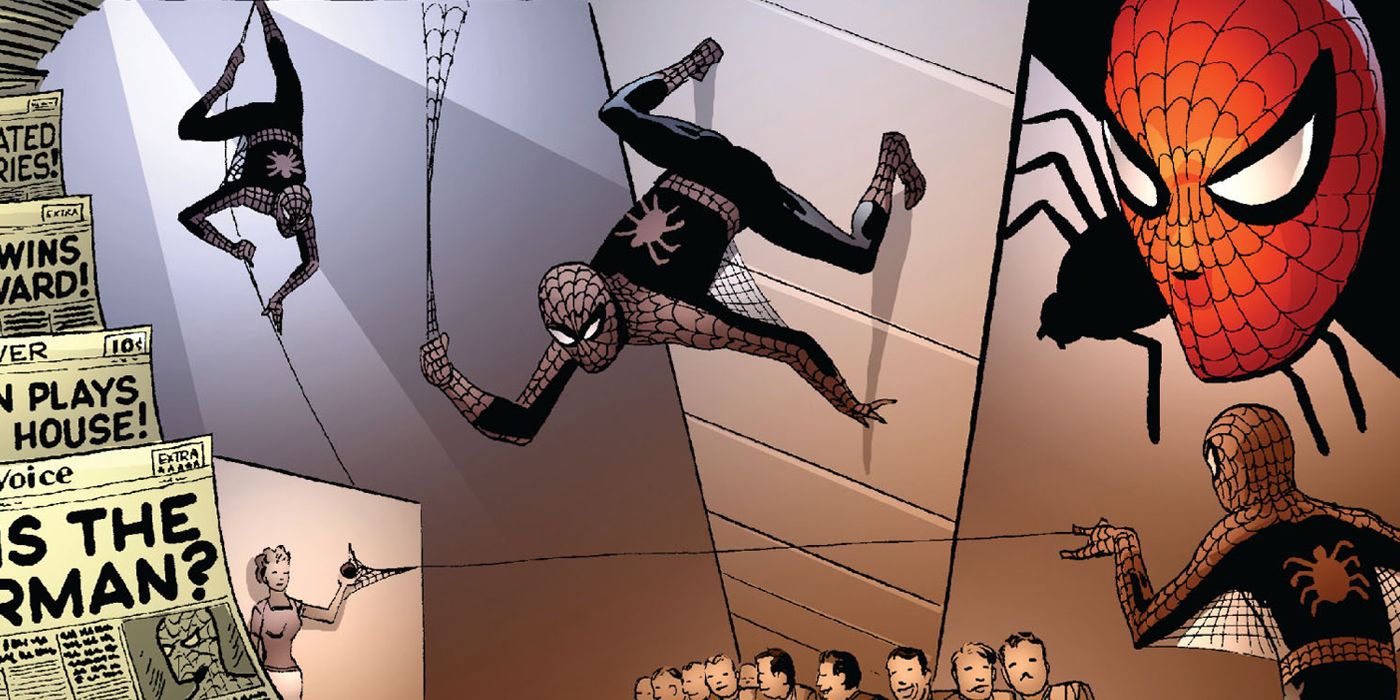
We've now seen a few different versions of Spider-Man's origin on the big screen, and Cameron's was fairly similar to director Raimi's film version, except the lab they were visiting had genetically-enhanced flies which had been eaten by a spider that would later bite Peter.
Hoping to make some money, Peter made his Spider-Man costume and began appearing at parties, which eventually earned him a spot on a popular variety TV show, which mirrors the comic origins of Spider-Man. This is also the reason that Strand first contacts Spider-Man, as he hopes to bring the young hero under his criminal wing after seeing him on TV.
4 PETER PARKER WAS KIND OF CREEPY
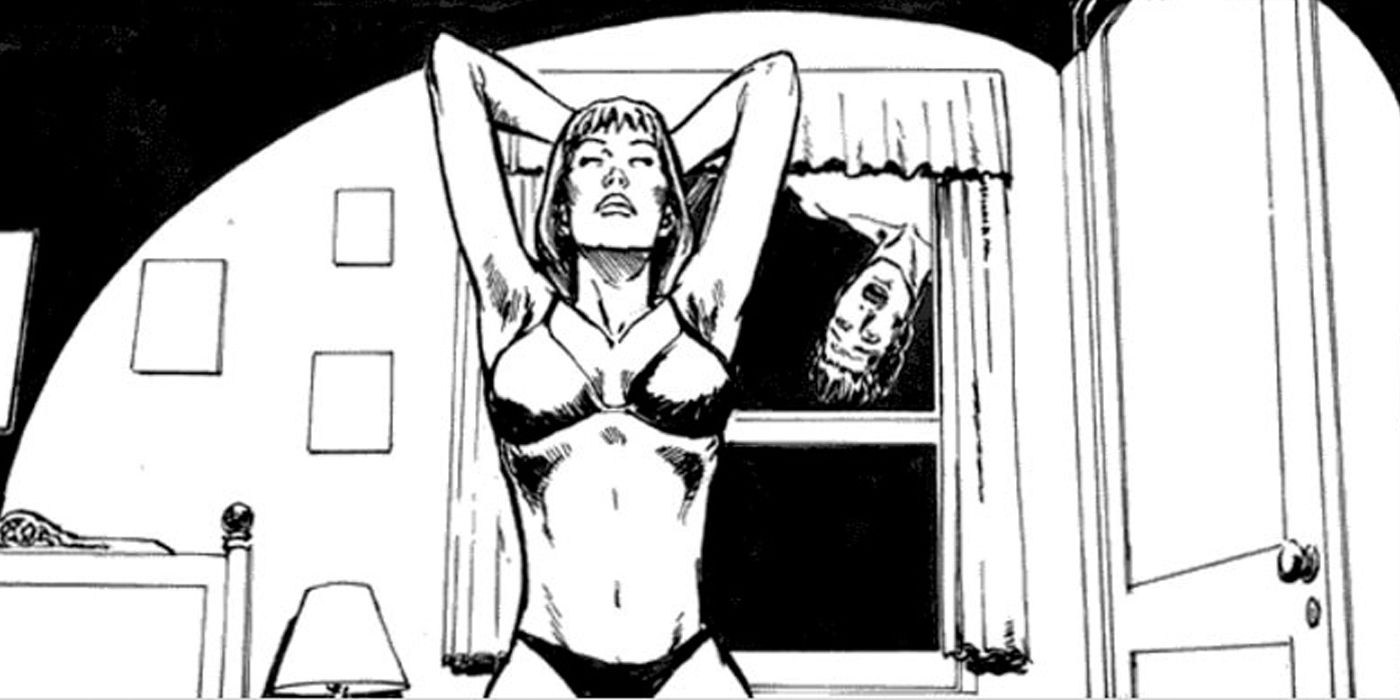
Cameron's version of Peter Parker was true to the bookwork type of character that first appeared in Stan Lee and Steve Ditko's first stories, however, he was also described in the scriptment as "your basic sexually pent-up adolescent" which led to a few creepy moments from Spider-Man in the scriptment.
Scenes like Peter watching his young crush MJ through her window as she undresses, then following her around many different times after school don't showcase Peter's heroic qualities well. He also engages in an odd sexual relationship with her as Spider-Man, but we'll talk more about that soon.
3 J. JONAH JAMESON PLAYED A MAJOR ROLE
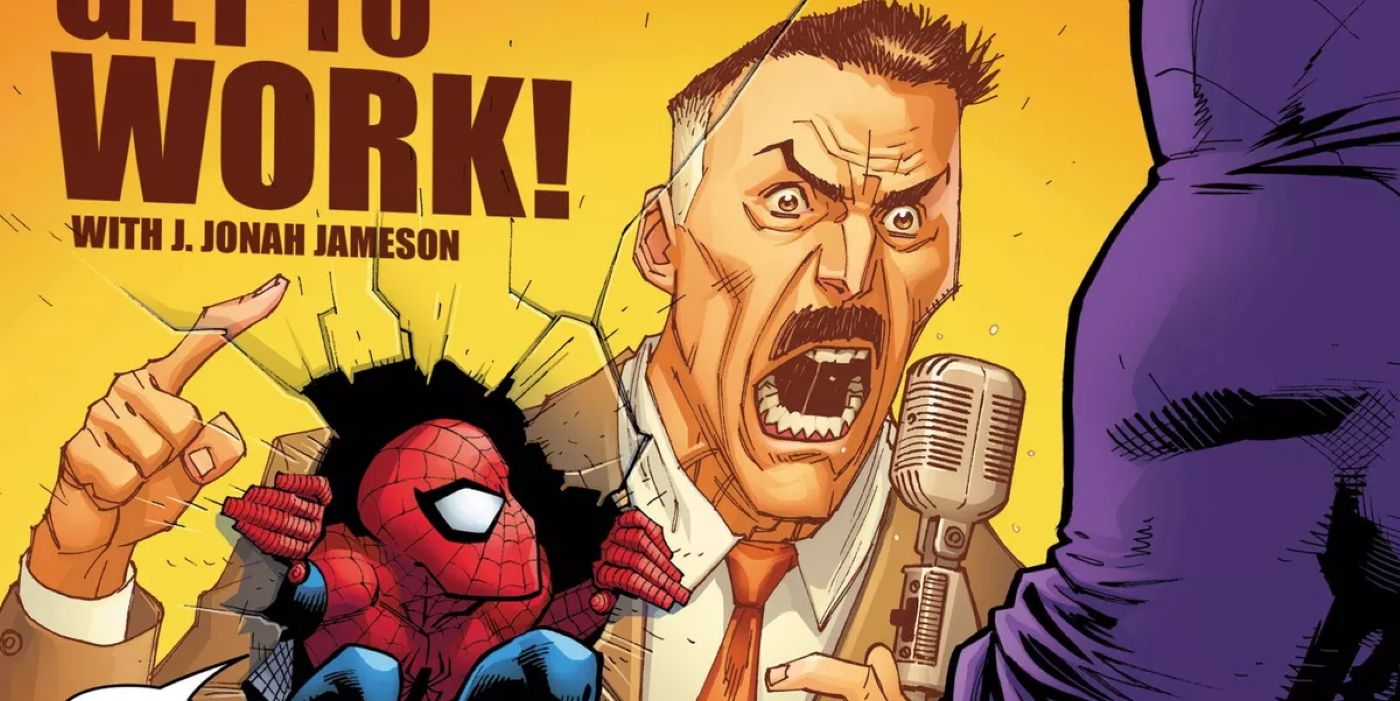
While the Daily Bugle never actually appears in the scriptment, J. Jonah Jameson does appear as the owner of a TV station who begins to sensationalize the appearance of Spider-Man, and much like his comic counterpart is instrumental in turning the city against the "wall-crawling menace."
Cameron's scriptment gave Jameson an even larger role as Strand purchases Jameson's TV station and pushes negative reporting to turn the city against Spider-Man in the hopes of breaking his will as a hero so Strand can bring him back under his control or destroy him in the process. The late R. Lee Ermey was rumored to be in the running for the role of J. Jonah Jameson.
2 A DARK R-RATED TAKE ON THE CHARACTER

While the character dealt with relatable themes of puberty and the loss of his parents, Cameron's Peter Parker also dealt with a battle between good and evil within himself as he tried to find a way to deliver justice in an unfair world while he and his Aunt May struggled to keep a roof over their heads.
The film was also full of R-rated language, with Peter Parker hurling expletives at Strand when he later threatens MJ. Before that, Spider-Man and MJ have a sexual encounter on top of a bridge that includes bondage and spider mating rituals. This scene basically features a mysterious masked man having sex with a high school girl, which is all kinds of uncomfortable.
1 RIGHTS ISSUES LED TO CAMERON'S DEPARTURE
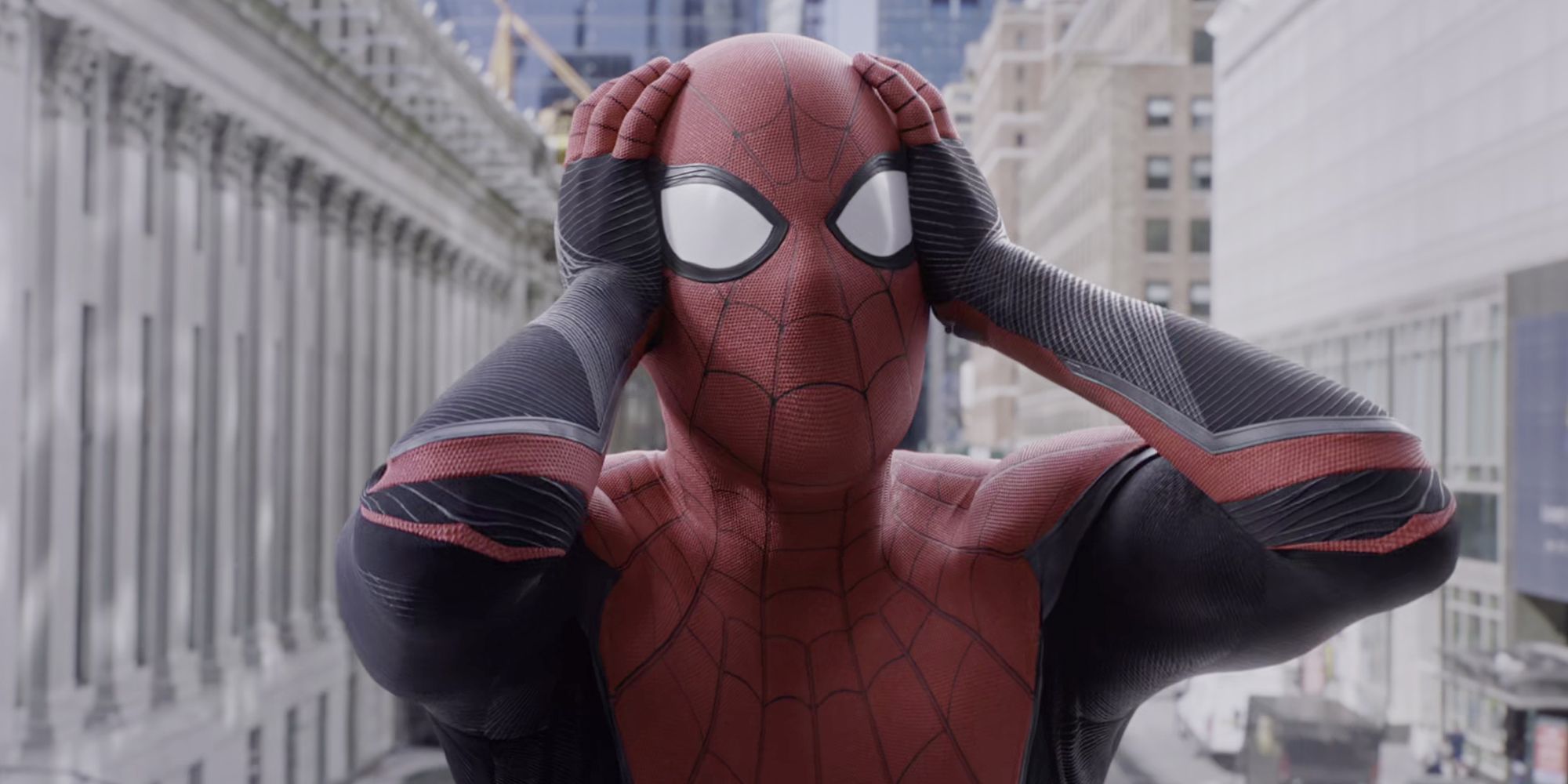
Spider-Man is no stranger to rights issues, as we've even seen recently with the breakdown and renegotiation of agreements between Sony Pictures and Marvel Studios over the use of Spider-Man in the MCU films. So it makes sense that these issues have been a problem since well before the first Spider-Man film.
After Cannon Films went under, the rights to Spider-Man were sold off in a nightmare of deals that left the film, television and home video rights with different companies which would lead to a series of legal suits and countersuits that left Cameron's Spider-Man blocked from further development, and the director soon moved on to direct the smash hit Titanic.
from ScreenRant - Feed https://ift.tt/37XUwgd

0 comments:
Post a Comment